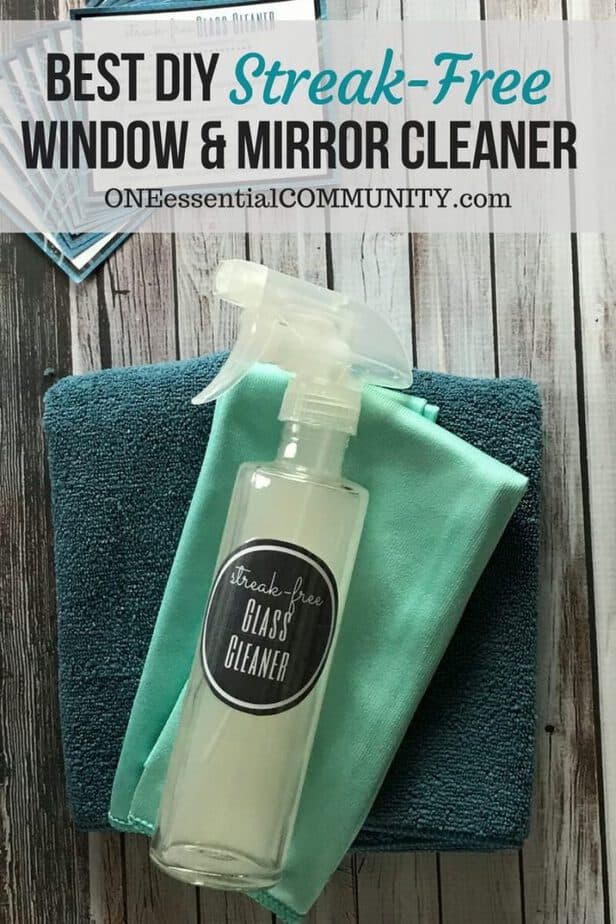

Periodically wipe the squeegee blade on a clean rag to avoid smearing dirt around. You can use a squeegee for a streak free finish. Wipe off any excess cleaner to prevent streaks 'With your microfibre cloth work in the shape of an S so you will get into every bit and that will stop the smears.' 5. To clean the window thoroughly work in an S-shape advises Cleaning expert Lynsey Crombie. Dip a sponge or the foam part of a squeegee into the water, squeeze out the excess, then rub gently on the glass.

Use an S-shaped motion when cleaning the glass panesĬlean the panes of glass by sponging them down with warm soapy water. 'Be careful when cleaning uPVC products with decorative finishes such as Dark Woodgrain, Golden Oak, White Foil, Anthracite Grey, and Dual products as they could cause damage to decorative surface.' 4. She adds that you will have to take care depending on the what type of windows you have.

'Wash your frames with plenty of clean, warm soapy water (washing up liquid is suitable) and wipe dry with a clean, soft cloth,' recommends Rachael Munby from Anglian Home Improvements. A wipe with a wet sponge should do the trick, but if they're very grubby, use mild detergent on wood or specialist cleaner on uPVC. Start with the frames first, so you don't drip dirty water on clean panes. Wipe the tea over the surface and buff dry with a clean soft cloth. To try the teabag cleaning hack at home, use kitchen towel dipped into a mug of cold black tea. Apparently cold tea is the secret to gleaming, streak-free windows and glass. Top tip: One to try, as seen shared on cleaning group forums is the quirky teabag cleaning hack. 'If you need to use water to tackle a particularly dirty window make sure it's purified so your windows are left streak-free. 'So many people use a damp cloth and water to clean windows, but most tap water contains minerals like calcium and sodium which will leave ugly marks on your window,' she explains. Laura also recommends taking care with the water you use when cleaning, and opting for purified water if possible. Start washing windows using a non-abrasive sponge. Fill a bucket with a simple solution of washing-up liquid and warm water, but avoid creating too many soap suds as these will leave further marks if allowed to dry. You can also wash your windows with soapy water.


 0 kommentar(er)
0 kommentar(er)
